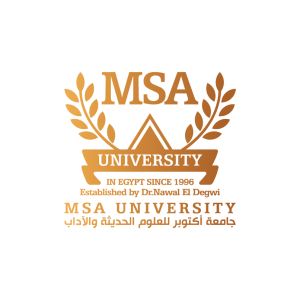THTR455: History of Styles unit is incredibly important to the joy and self-knowledge of nations. It is actually included in the SDGs 4, 8,10, 11 and 16. In this unit student learn to trace back the applications of different SDGs through history and how we can imitate or develop the good practices. For example, they acquire the knowledge of the direct relationship between economy and the power of civilization that is probably reflected in the architecture, furniture and costumes of certain periods. As well as, student can track down ho ancient people tried to solve environmental problems back then like sustainability in the hanging gardens of the new-old Babylon that were in fact the first example of green and blue roof technology employed in urban planning. Studying this unit allows students to be aware of how Inequalities and injustice can affect buildings, costumes and furniture such as in the “Sumptuariae Leges” of ancient Rome were various laws passed to prevent inordinate expense in banquets and dress, such as the use of expensive Tyrian purple dye. In the early years of the Empire, men were forbidden to wear silk. Furthermore, they grasp how wars, conquests and revolutions clearly affected various design styles along historical periods. Why THTR455: History of Styles unit is important for the Global Goals? is associated with Goal 4 – Quality Education, As one of its targets is (4.7) "By 2030, ensure that all learners acquire the knowledge and skills needed to promote sustainable development, including, among others, through education for sustainable development and sustainable lifestyles, human rights, gender equality, promotion of a culture of peace and non-violence, global citizenship and appreciation of cultural diversity and of culture's contribution to sustainable development. Goal 8 – Decent Work and Economic Growth, Since the official wording for Target 8.2 is: "Achieve higher levels of economic productivity through diversification, technological upgrading and innovation, including through a focus on high-value added and labor-intensive sectors. Goal 10 – Promote universal social, economic and political inclusion The target of this goal is "By 2030, empower and promote the social, economic and political inclusion of all, irrespective of age, sex, disability, race, ethnicity, origin, religion or economic or other status" Goal 11 – Sustainable Cities and Communities Target 11.4 is to "Strengthen efforts to protect and safeguard the world's cultural and natural heritage." It has one indicator: Indicator 11.4.1 is the "Total per capita expenditure on the preservation, protection and conservation of all cultural and natural heritage, by the source of funding (public, private), type of heritage (cultural, natural) and level of government (national, regional, and local/municipal)". The full text of Target 11.a is "Support positive economic, social and environmental links between urban, peri-urban and rural areas by strengthening national and regional development planning" Goal 16 – Peace, Justice and Strong Institutions The full text of Target 16.b: "Promote and enforce non-discriminatory laws and policies for sustainable development."
